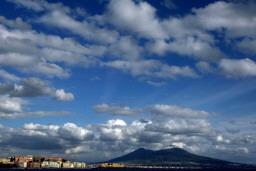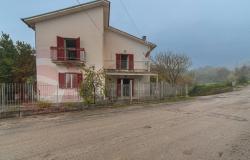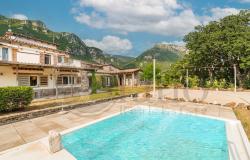An ancient Roman stadium where Emperor Antoninus Pius staged Rome's version of the Olympic Games will be open to the public for the first time in almost 500 years this weekend.
Archaeologists have so far excavated half of the stadium, built around 142 AD at Pozzuoli, near Naples, and buried by volcanic ash in 1538 following an eruption by the nearby Mount Nuovo.
''Like the great Italian culture capitals of Florence, Venice, Rome and Urbino, Pozzuoli can also take advantage of its illustrious past, which is reflowering from the bowels of the earth,'' said Pozzuoli Mayor Pasquale Giacobbe at the inauguration of the stadium on Friday.
Antoninus Pius (86-161 AD) built the Greek-style stadium in honour of his predecessor, Hadrian, who died at the exclusive ancient seaside resort of Baiae in 138 AD and who was briefly buried at Pozzuoli while his mausoleum - better known as Castel Sant'Angelo - was being completed in Rome.
Constructed from volcanic rock on a natural terrace, the stadium was 330 metres long and 70 metres wide and overlooked the bay of Pozzuoli on one side and the road from Rome to Baia on the other.
Olympic-style games, known as Eusebeia, were begun in honour of Hadrian, who was renowned for his love of Greek culture, and continued until the third century AD.
In 1931, the stadium - by then buried in ash and rock - suffered a further blow when a road was built through the middle of it, complicating the current excavation project.
Campania President Antonio Bassolini said the region was considering the construction of a flyover to allow the two halves of the stadium to be reunited.
''I haven't forgotten that we have only recovered a part of the stadium, which was disastrously cut in half by the new Domiziana road under the Fascist regime,'' he said. ''We must make every effort to recover the other, downhill half so that such a great work is restored whole''.
The excavation project received five million euros of funding from the European Union.














